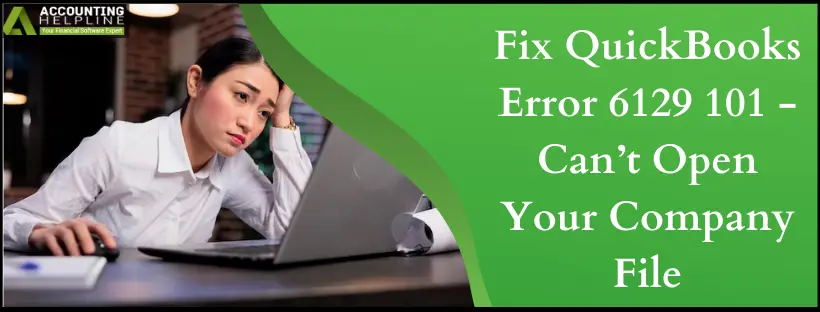Last Updated on March 12, 2025
If accessing the company file has become a challenge for you because of QuickBooks error 6129 101, this guide will help you overcome it quickly.
The first task after launching QuickBooks is to open the company file to proceed with regular financial operations. However, this procedure may get interrupted by a 6000-series error, QuickBooks error 6129 101. This error prevents you from opening your company file on local or network setups. It may accompany a message saying, “Can’t open your company file,” which may cause frustration. Let’s understand why you get this error and solutions to fix it.
If you want on-call guidance in efficiently fixing the QuickBooks Error 6129 101, call the Accounting Helpline support team on the toll-free number 1.855.738.2784.
Reasons for QuickBooks Error 6129 101
The following reasons may trigger QuickBooks error 6129 101:
- Incorrect folder permissions may cause the error 6129 101.
- If your QuickBooks Database Server Manager is not working correctly, it may lead to the error 6129 101.
- Corrupt Network Data and Transaction Log Files can cause the error.
Approaches to Resolve QuickBooks Error 6129 101
The right solutions to fix QuickBooks Error 6129 101 are listed below, and while the steps can be technical, our experts have tried to make them as simple as possible.
Solution 1: Use a Manual Way of Updating QuickBooks
Updating QuickBooks is the traditional solution we suggest when fixing QuickBooks Error 6129 101. After updating QuickBooks, you can tackle common errors in the software and ensure the security is up to date.
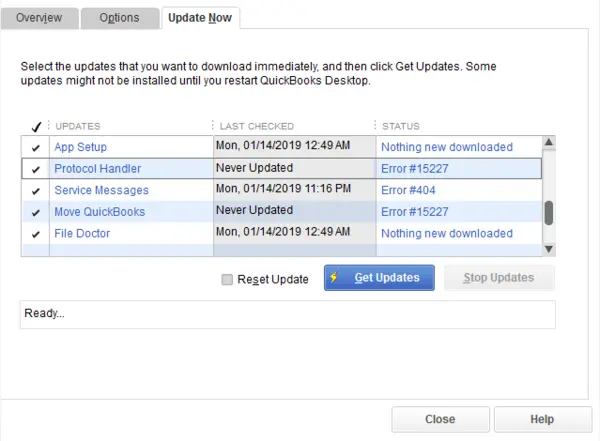
- Firstly, you must stop using QuickBooks and your company file.
- Look for the QuickBooks Desktop icon on your desktop or use the Windows Start
- Next, right-click on the QuickBooks Desktop icon and select Run as administrator from the list of options.
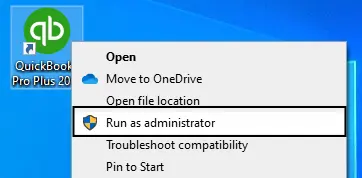
Solution 2: Use the QuickBooks File Doctor Utility from the Tool Hub
Tool Hub is a utility introduced by Intuit to aid users in handling various issues in QuickBooks. We will use this tool’s QuickBooks File Doctor this time and solve the error code 6129 101.
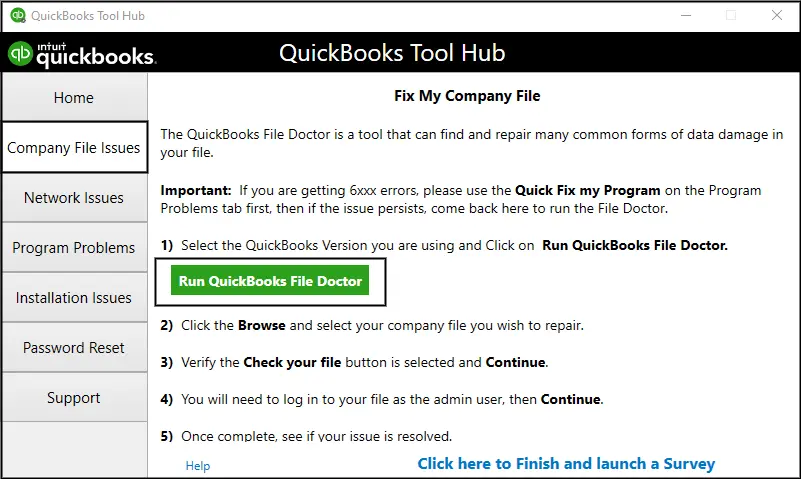
Step 1: Install the QuickBooks Tool Hub on your PC
Obviously, the first step is to get the QuickBooks Tool Hub installed on your system, and here is how to do it. Before that, remember to use the Tool Hub on Windows 10, 64-bit.
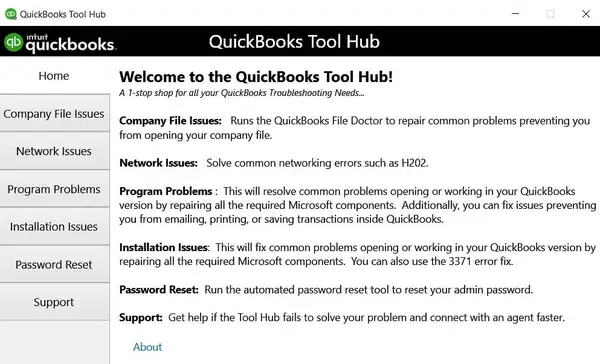
- Close the QuickBooks software and open Internet Explorer.
- You must get the most recent version of QuickBooks Tool Hub from HERE.
- When a prompt asks for the location to save the installation file of Tool Hub, you must choose an easy-to-find location.
- Soon, the exe file will be saved in the selected location.
- Double-click the downloaded file to start installing Tool Hub on the PC.
- On-screen instructions will guide you in completing the installation.
- The Tool Hub icon will soon appear on the desktop and can be accessed via double click.
Note: If you see that the Tool Hub icon has not appeared on your Desktop, use the search bar in the Start menu to locate it.
Step 2: Use QuickBooks File Doctor
Resolve any company file problems using the QB File Doctor tool:
- Open the QuickBooks File Doctor, tap the “Run QuickBooks File Doctor” option, and patiently wait for it to launch.
- From the dropdown list in QB File Doctor, pick your company file. If it’s not visible, use the Browse option to locate it.
- Click on “Check Your File” and then proceed by clicking Continue.
- Enter your QB admin password in the designated field and click Next.
- If QuickBooks File Doctor doesn’t offer a solution, follow additional steps as necessary.
Solutions To Try When You Open File Locally
When you launch your file locally (on the same computer where you have installed QB), the following solutions will help resolve the QuickBooks error 6129 101:
Technique 1: Rename Network Data and Transaction Log Files
ND and TLG files are configuration files allowing QB to open a company file in a multi-user or network environment. As mentioned in the reasons, the damaged Network Data and TLG files may cause this error, and renaming them can be the solution. Renaming doesn’t cause any data loss. These files get recreated when you scan them through QuickBooks Database Server Manager:
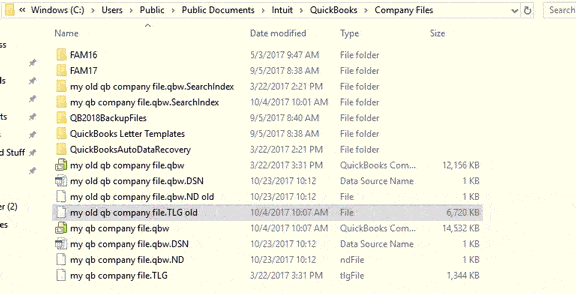
- Go to the directory where the company file is saved.
- If not located there, scan the hard drive with all files.
- Identify the network data file, denoted by the ‘.nd’ extension, and the Transaction Log file with a ‘.tlg’
- Right-click on these files and tap Rename, adding a different extension like ‘.old.’
- Restart QuickBooks and try logging into your company file.
- Should the problem persist, move on to further troubleshooting steps.
Technique 2: Access a Sample Company File
Opening a sample company file helps determine if the problem is with QuickBooks or your company file. When the sample company file throws errors while opening, it suggests a damaged QB installation:
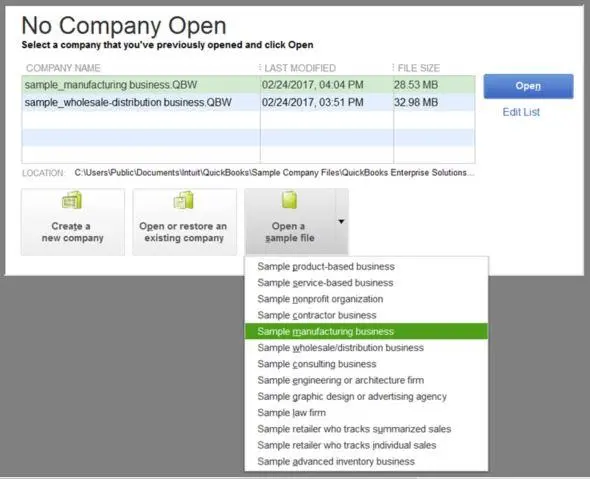
- Click the Open a Sample File in the No Company Open Choose any sample file from the list.
- Proceed to the next solution if this file opens. If not, repair your installation files using Quick Fix My Program and QuickBooks Install Diagnostic Tool from the QB Tool Hub. The steps are given below.
Use the Quick Fix My Program
When you use the Quick Fix my program, all the background processes on the system will close, and then QuickBooks will get repaired.
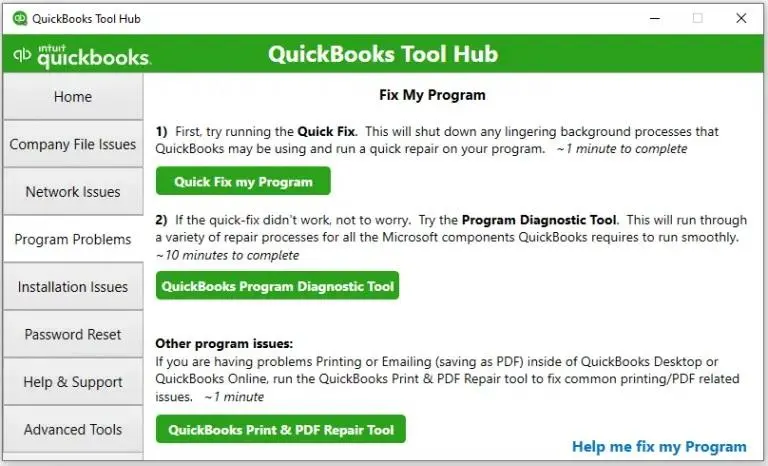
- Double-click the QuickBooks Tool Hub to open it.
- Choose Program Problems
- Click on Quick Fix My Program, and once the repair has run, open QuickBooks Desktop and your data file.
Run the QuickBooks Install Diagnostic Tool
- You must open the QuickBooks Tool Hub.
- Click on the Installation Issues
- Select QuickBooks Install Diagnostic Tool.
- You must let the tool work, and after the procedure is complete, restart the PC.
- Launch QuickBooks Desktop and then your data file.
Technique 3: Copy the Company File to the Desktop
Test if your company file location is the problem by copying the file to the desktop and opening it:
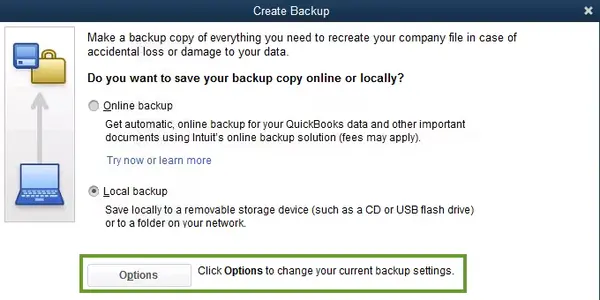
- Your file location may be damaged if the file launches from the desktop.
- The file may be within too many folders, exceeding the file path limitations.
- If changing the location doesn’t open your file, it might be file damage.
Now, follow the steps:
- Access the folder with your company file.
- Find the .QBW file.
- Right-click on the file and choose Copy.
- Move to the Desktop, right-click anywhere on it, and select Paste.
- While holding the Ctrl key, launch QuickBooks to open the No Company Open window.
- Tap “Open or restore an existing company.”
- Navigate to your desktop, find your company file, and open it. If the error persists, proceed to solution 4.
Technique 4: Restore a Backup Copy
Follow the steps through which you can restore a backup copy and determine if the current company file (.qbw) is the problem:
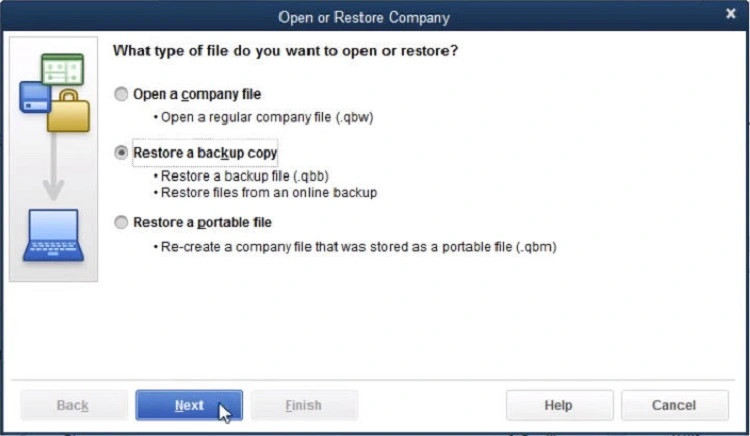
- Access the File menu in QuickBooks and choose Open or Restore Company.
- Tap the Restore a backup copy option and proceed to the Next
- Choose Local Backup and click Next.
- Access your PC to find your backup company file, typically named [Your company name].qbb.
- Choose a folder to save the restored company file and click Open.
- Note: Storing the backup in the same folder as your existing company file may pose a risk of data overwrite.
- To prevent overwriting, consider renaming your existing company file or the backup to ensure distinct names. Alternatively, save the backup in an entirely separate folder.
- Once prepared, click Save. Select the option that matches your preferences if any messages appear regarding potential data overwriting. Practice cautiousness not to overwrite anything unintentionally.
- Your newly restored company file is now ready for use.
If an error arises while recovering the backup, try the following:
Verify your PC is not in hosting mode.
- Open your company file.
- Navigate to File and select Utilities.
- If “Stop Hosting Multi-User Access” is listed:
- Choose “Stop Hosting Multi-User Access.“
- b. Confirm by hitting Yes in the “Stop hosting multi-user access” window.
- Select Yes in the “Company file must be closed” window.
Ensure the path to your company file does not surpass 210 characters.
- Go to the location of your company file.
- Copy the file path from the address bar.
- Paste it into Notepad and count the characters and spaces. Example: C: Documents and SettingsAll UsersDocumentsIntuitQuickBooksSample Company FilesQuickBooks 2022Sample_company_file.qbw is 125 characters.
- Attempt to restore your company file once again.
- If the error persists, proceed to solution 5.
Technique 5: Use Auto Data Recovery
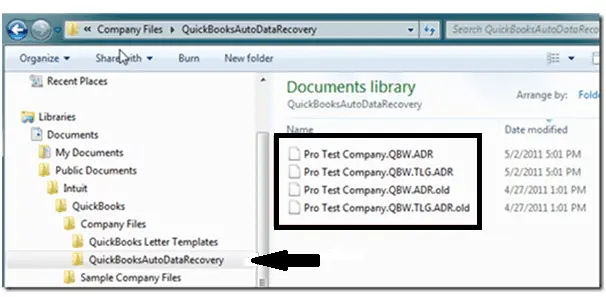
If your company file is damaged, you must recover your latest data through Auto Data Recovery.
Solutions to try When Your File is on a Network
Try the following solutions when you access the file on a network, meaning the company file you open is on the server or another PC:
Approach 1: See if Hosting is Enabled on all Workstations
Use one PC or server to host company files as follows:
- Tap F2 and see Product Information.
- Locate Local Server Information. Ensure hosting is OFF.
Approach 2: Rename and Run QB Database Server Manager
After renaming your ND and TLG files per the abovementioned steps, run your QuickBooks Database Server Manager scan as follows. This utility helps you host company files and recreate ND and TLG files:
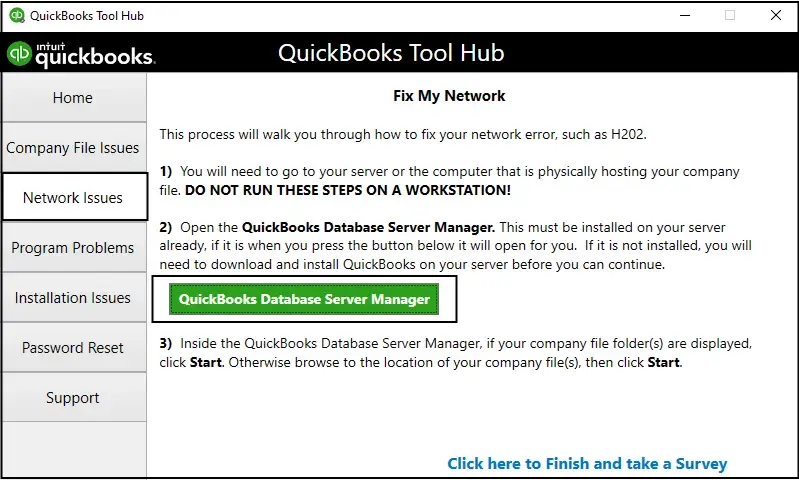
- Open QB Tool Hub and access Network Issues.
- Choose QuickBooks Database Server Manager and install QB on your server if it isn’t installed.
- Hit Start Scan if the company files are visible in the QB Database Server Manager. If they aren’t visible, tap Browse, then Start Scan.
- Reopen QB and sign into your company file. Go to the next technique if your problem isn’t resolved.
Approach 3 and 4: Access a Sample File and Copy the Company File to the Desktop
The same steps follow for these approaches as mentioned above to resolve the QuickBooks error 6129 101.
Approach 5: Exit QB Processes
Exit all QuickBooks tasks from the Task Manager as follows:
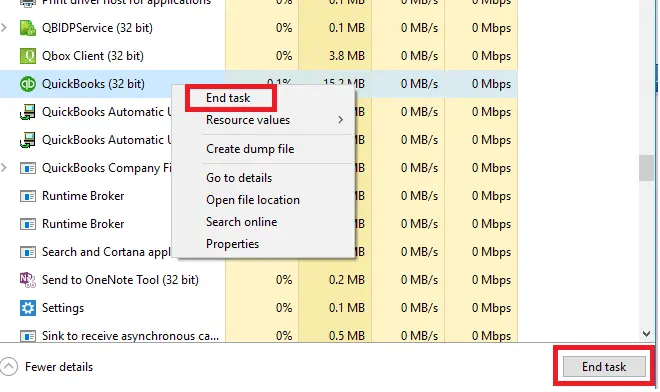
- Enter as an admin on the server PC.
- Press Ctrl + Shift + Esc. The Task Manager will launch.
- View processes for all users and choose
- Terminate each QuickBooks process (QBW32.EXE, qbupdate.exe, and QBDBMgr.exe) by hitting End Task.
- Open the company file in multi-user mode.
- If the error persists, proceed to Approach 6.
Approach 6: Verify Manual Folder Permissions
If the folder where you save your file doesn’t have the correct permissions, you may encounter the error 6129 101. So, resolve the issue by managing these folder permissions.
Approach 7: Add QuickBooks Ports as Exceptions to Firewall and Antivirus
Restrictions by the security systems on PCs are common problems while opening the company file. So, let’s add QB ports as exceptions to firewall and antivirus by following our guide on the topic:
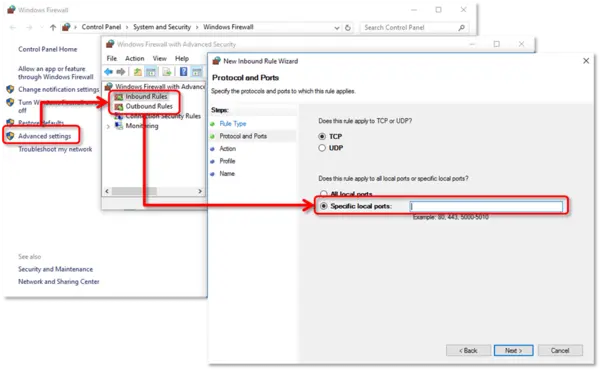
- Open the Windows Start
- Access “Windows Firewall” by searching in the Start menu.
- Choose Advanced Settings.
- Right-click Inbound Rules and hit New Rule.
- Click on Port and proceed with Next.
- Tap TCP.
- Input the ports required for your QuickBooks Desktop version in the Specific local ports area.
- After inputting the port number hit Next.
- Hit Allow the connection and proceed with Next.
- Mark all profiles if requested, then select Next.
- Create and name the rule.
- Click Finish.
- Repeat the same process for Outbound Rules.
Ensure Windows Firewall exceptions for QuickBooks programs:
- Click the Start menu in Windows.
- Enter “Windows Firewall” in the search to open it.
- Click Advanced Settings.
- Right-click Inbound Rules and choose New Rule.
- Select Program, then proceed with Next.
- Click This Program Path and Browse.
- Choose any executable file, then select Next.
- Select Allow the Connection and proceed with Next.
- If prompted, target all profiles, then click Next.
- Create and name the rule.
- Repeat the process for Outbound Rules.
Approach 8: Access your File on a Trial License
Open your company file on a trial license of the newer QuickBooks Desktop versions to determine the root cause of your problem.
We hope you will be free of QuickBooks Error 6129 101 as we end our blog. If you are still experiencing the company file error in QuickBooks after following this thorough article, you must contact the Accounting Helpline error support team at 1.855.738.2784.
FAQs
How do I manage folder permissions manually in QuickBooks to resolve the error 6129 101?
Here are the steps to manage folder permissions manually and resolve the QB error 6129 101:
1. Access the Windows Start menu and launch File Explorer.
2. Right-click on the folder having the company file and select Properties.
3. Click the Security tab and then Advanced.
4. Select QBDataServiceUserXX and click Edit.
5. Set the following permissions to Allowed:
● Traverse Folder/Execute File
● List Folder/Read Data
● Read Attributes
● Read Extended Attributes
● Create Files/Write Data
● Create Folders/Append Data
● Write Attributes
● Write Extended Attributes
● Read Permissions
6. If your permissions are not configured correctly:
● Right-click on the folder with the company file and choose Properties.
● Tap Security, then Edit.
● Choose QBDataServiceUserXX and hit Full Control, then Allow.
● Click Apply, then OK.
● Attempt to open your file and verify if the error persists.
Which QB versions encounter the QuickBooks error 6129 101?
QuickBooks Desktop 2018 may see the error 6129 101. Similarly, QB Pro 2019 may also encounter this error. If you’re working with an integrated backup solution like Dropbox, QB updates may interfere with the operations, leading to this error.
What to do if I use Dropbox and see the error 6129 101?
If you encounter the error 6129 101 while using Dropbox, try opening the company file outside of Dropbox and see if the company file location is the problem. You can paste the file onto your workstation and open it.

Edward Martin is a Technical Content Writer for our leading Accounting firm. He has over 10 years of experience in QuickBooks and Xero. He has also worked with Sage, FreshBooks, and many other software platforms. Edward’s passion for clarity, accuracy, and innovation is evident in his writing. He is well versed in how to simplify complex technical concepts and turn them into easy-to-understand content for our readers.
